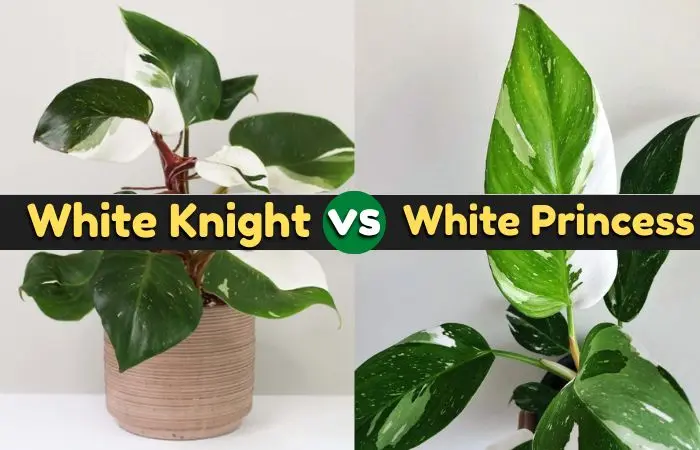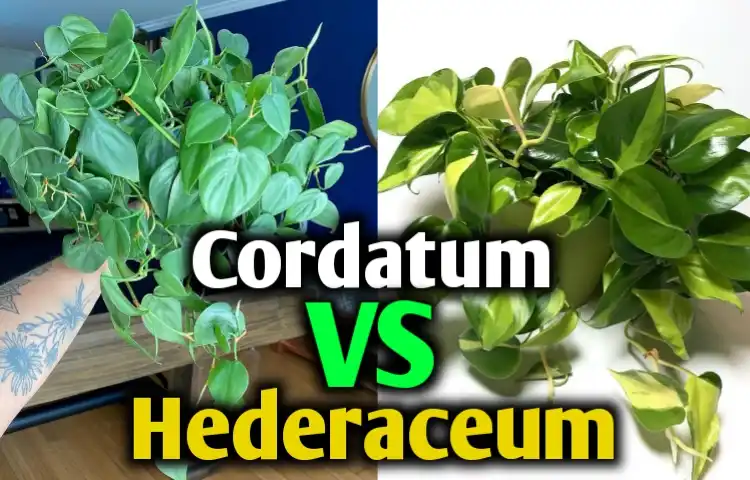5 Signs to identify Philodendron pedatum vs bipennifolium – [Differences & similarities]
All the aroids are quite similar to each other. Sometimes, it becomes difficult to identify. Most of the time confusion arises while buying them.
The main difference between philodendron pedatum and bipennifolium is, pedatum young leaves are less elongated, whereas bipennifolium has more elongated leaves along its central axis. The color of leaves in philodendron pedatum is medium to dark green with a maroon or a slight brown tinge, again p. bipennifolium has glossy green leaves.
For your better understanding, I have discussed some facts above so that you can easily identify them while buying.
Comparison table for philodendron pedatum vs bipennifolium
| Criteria | Philodendron pedatum | Philodendron bipennifolium |
| Common name | Oakleaf Philodendron, Caladium, Dracontium Laciniatum, P. Laciniosum, P. Laciniatum Amazonicum, P. Quercifolium | Fiddleleaf Philodendron, Horsehead Philodendron, Lacy Tree Philodendron, Gold Violin and Selloum |
| Leaf shape | Oak-shaped having multi-lobed leaf with a single bigger lower leaf | fiddle or horse-head-shaped, sometimes violin shaped with unique irregular lobes |
| Leaf color | medium to dark green with a maroon or a slight brown tinge. | glossy green |
| Preferred pH | 5.5 – 7.0 | 5.0-6.0 |
| Common diseases | leaf browning or yellow, and curling or drooping leaves. | brown tips, yellow leaves, root rot, drooping leaves |
| pest | Mealybugs and spider mites are the most common. | spider mites, scale insects, aphids, mealy bugs, |
| Humidity | 70% to 80% | 60% and higher |
| temperature | 60 to 77 degrees Fahrenheit. | 70-80 degrees Fahrenheit |
| Propagation | Stem CuttingsSeed propagationdividing roots | Stem CuttingsAir Layering |
| Hardiness zone | 9 to 11 | 10b-11 |
Difference between Philodendron pedatum and bipennifolium
Being the plants of the same family, Philodendron pedatum and bipennifolium are quite similar to each other.
The main difference is observed in their leaves. Also, they are indigenous to different countries of the world. A slight difference is observed in their propagating nature; seeds can propagate Pedatum whereas Bipennifolium prefers vegetative propagation.
Leaf structure
The plants of the Araceae family are known for their unique and rare leaves. These two plants, philodendron pedatum and philodendron bipennifolium are mainly differentiated by their leaves.
The philodendron pedatum plant is famous to many growers because of its distinct, evergreen leaves. Its most common name, ‘Oak Leaf Philodendron,’ comes from its foliage that has a unique shape. It has very distinct deep green-colored leaves with five or seven lobes. It can grow eight inches in length.
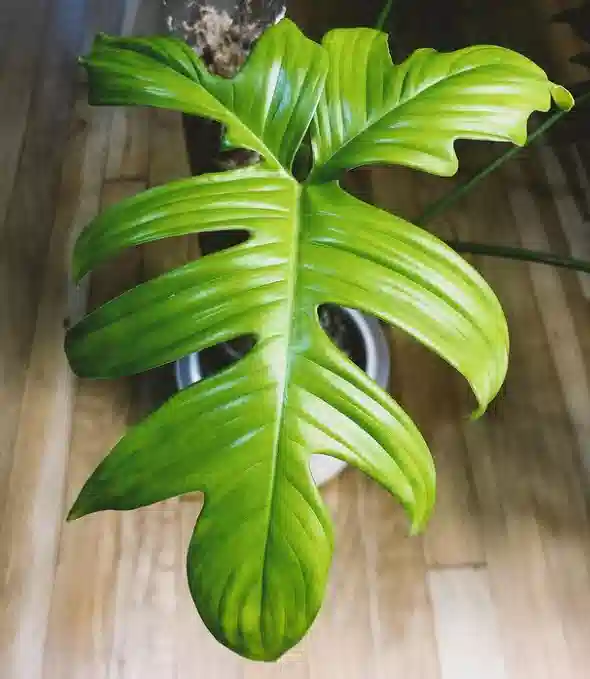
The leaves of philodendron bipennifolium are fiddle or horse-head-shaped with a leathery texture and glossy green color. Each leaf can reach 18 inches (45.5 cm.) to 3 feet (1 m.) in length.
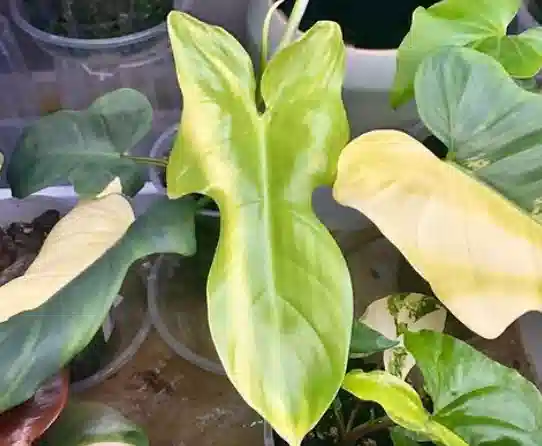
Origin
Both Philodendron pedatum and bipennifolium are tropical climbing plants. Philodendron Pedatum is indigenous to South America such as Venezuela, Brazil and Columbia.
Philodendron bipennifolium is a native of the tropical rainforests of south Brazil into Argentina, Bolivia, and Paraguay.
Method of propagation
Generally, Philodendron bipennifolium can be propagated by two different methods.
- Stem Cuttings
- Air Layering
Stem Cuttings is by far the easiest method to propagate Philodendron bipennifolium.
The most convenient way to propagate an Oak Leaf Philodendron is by cutting and planting. Philodendron Pedatum can also be propagated by dividing the plant at the roots. Seeds are sometimes available, but they might be challenging to find and start.
Similarities between Philodendron pedatum and bipennifolium
Aroids are quite similar to one another in terms of size and nature. Sometimes, it becomes difficult for one to differentiate. This problem is also common for p. Pedatum and P. Bipennifolium. They are both climbers and produce a similar type of inflorescence (spadix and spathe). Not only that, but their leaf morphology is also quite similar.
Growth Habit
The majority of Philodendron species, including the Bipennifolium, grow fast.
The Philodendron Bipennifolium plant grows to a mature height of 5 feet. Their growing season is between spring and summer.
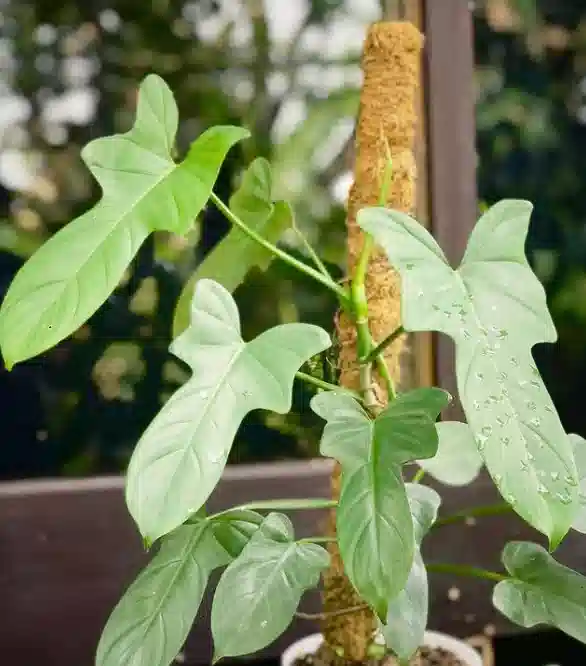
Like Philodendron Bipennifolium, p. pedatum has a fast growth rate. When grown as an indoor houseplant, it can easily reach more than three feet tall. But it can grow as tall as ten feet if provided with the proper growing conditions, particularly a structure it can climb on.
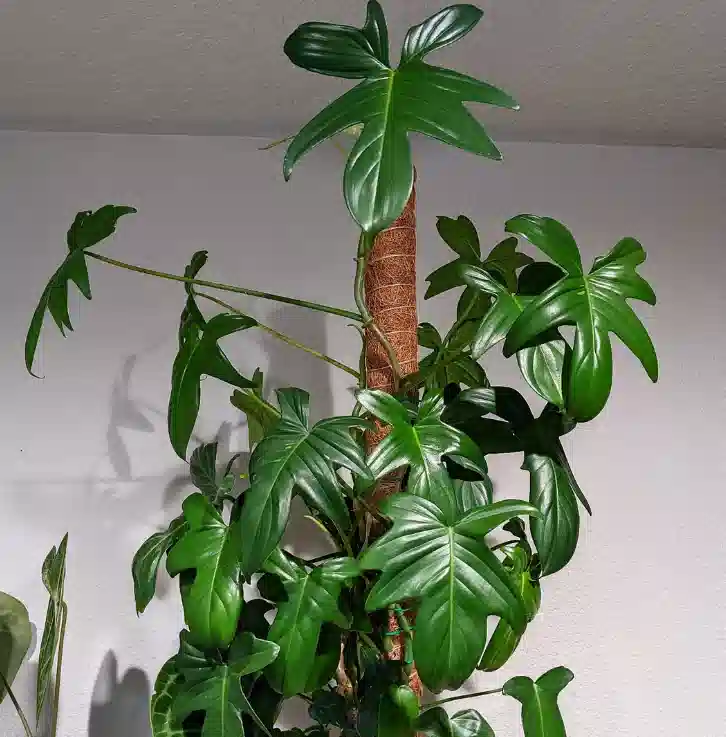
Climbing nature
Philodendron Pedatum is a climber. As it matures it starts climbing, its foliage gets bigger and more attractive.
On the other hand, there are two types of Philodendron bipennifolium
- climbers
- and non-climbers.
For climbing philodendrons, all you need is to provide a solid structure (a moss pole) to climb on. They produce aerial roots from their stems to attach them to that structure.
Size
When it comes to its size, you can expect Philodendron pedatum plant to reach big when matured. This plant can reach a height of up to nine feet and spreads to more or less one foot.
Philodendron bipennifolium is a fast-growing plant that can reach a height of 3-7 feet. Similarly, it reaches a spread of 10-18 inches on average.
Epiphytism
Both Philodendron pedatum and bipennifolium are epiphytic in nature. These
epiphytic characteristics help them to find support by clinging to trees or other structures to survive. The stem sends down strong aerial roots to source food and water.
Flowering nature
Philodendron Pedatum produces the usual aroid flowers in a brown to brownish-green shade. It has small flowers on a fleshy stem. The spadix is surrounded by a leaf-like curved structure called a spathe.
The horsehead Philodendron bipennifolium blooms year-round. This aroid bears inflorescence that is off-white. Moreover, this plant is capable of producing fruits when they mature. It bears tiny green fruits when they reach about 15 years or so.
Are they toxic?
Both Philodendron pedatum and bipennifolium are harmful or toxic to pets and humans because their sap has insoluble calcium oxalates. Chewing it will cause severe oral irritation and a burning sensation. Also, patients may have a swollen mouth, tongue and lips. More signs include swallowing difficulties, drooling, loss of appetite etc.
Which one is better as an indoor plant?
Philodendron bipennifolium is a plant that does not come without paying a high price. Besides, the plant is not easy to propagate and also demands specific care standards.
On the other hand, Philodendron pedatum is a low-maintenance houseplant and its care needs are straightforward and adapt well to most home environments. Due to its fast growth, even a small, starter plant will turn into a lush houseplant in just a few years.
Therefore, Philodendron pedatum is mostly preferred to p. Bipennifolium as a houseplant.
Where can I get them?
You may find your favorite philodendrons in the local nurseries around your region. Otherwise, you may purchase it from online plant shops or websites. For your convenience, I am mentioning some websites. In case of getting your plant online check the authenticity before ordering.
The price range of p. Bipennifolium varies from $40 to $90 at Etsy.com.
The price of P. pedatum ranges from $15 (for stem cutting ) to $90(for large established plants).
Final thought
Philodendron is a large genus of flowering plants in the Araceae family which consists of almost 500 glorious species.
- Being the plants of the same family, many similarities are observed between Philodendron pedatum and bipennifolium. And it is quite hard to differentiate at their juvenile stage.
- The Pedatum looks like a Bipennifolium due to its leaf morphology, which is blunt leaf nodes on either tip. There are also shallow dips to the plant’s lateral sinuses.
- But to compare, the Pedatum has sharper profiles than the Bipennifolium.
Wonderful! You are at the bottom of the article. If you have enjoyed our identifying guide you can also check another identifying guide on Philodendron cordatum vs hederaceum

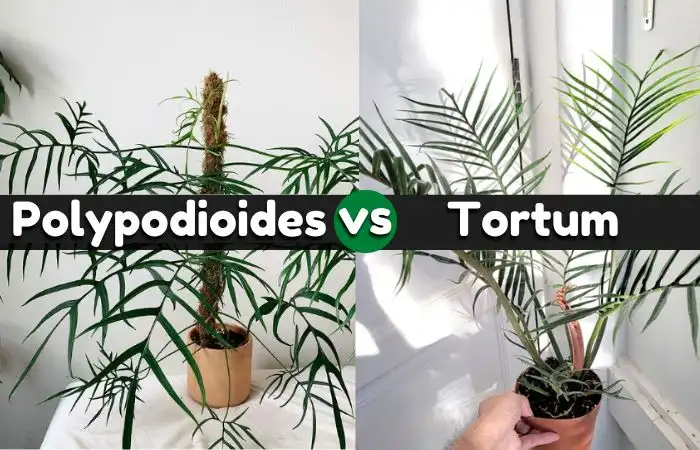
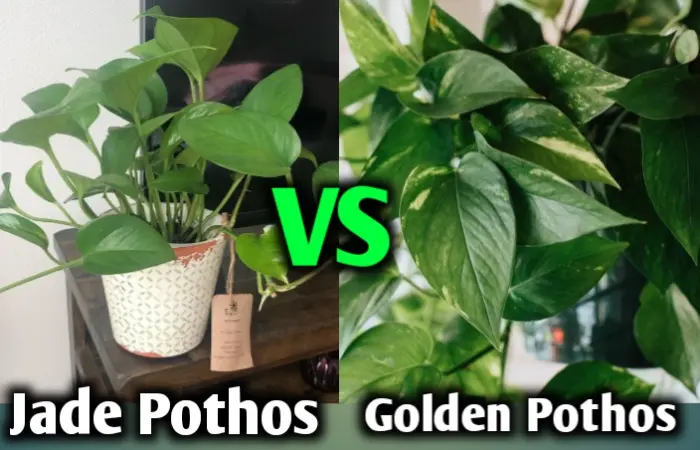
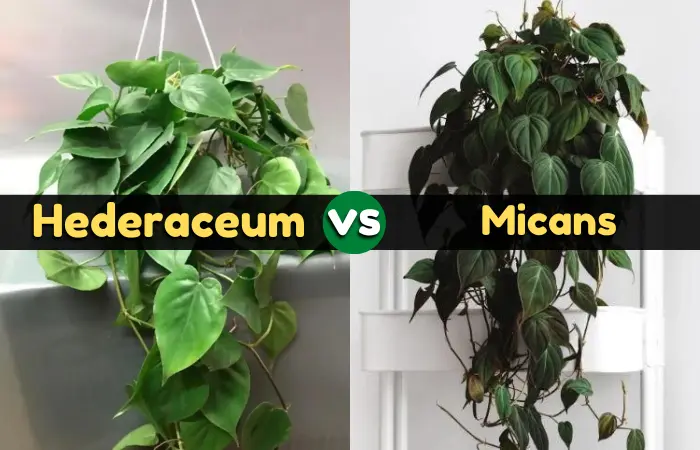
![Boston ivy vs Poison ivy [Differences & Similarities]](https://plantclassroom.com/wp-content/uploads/2022/09/Boston-ivy-vs-poison-ivy.webp)
